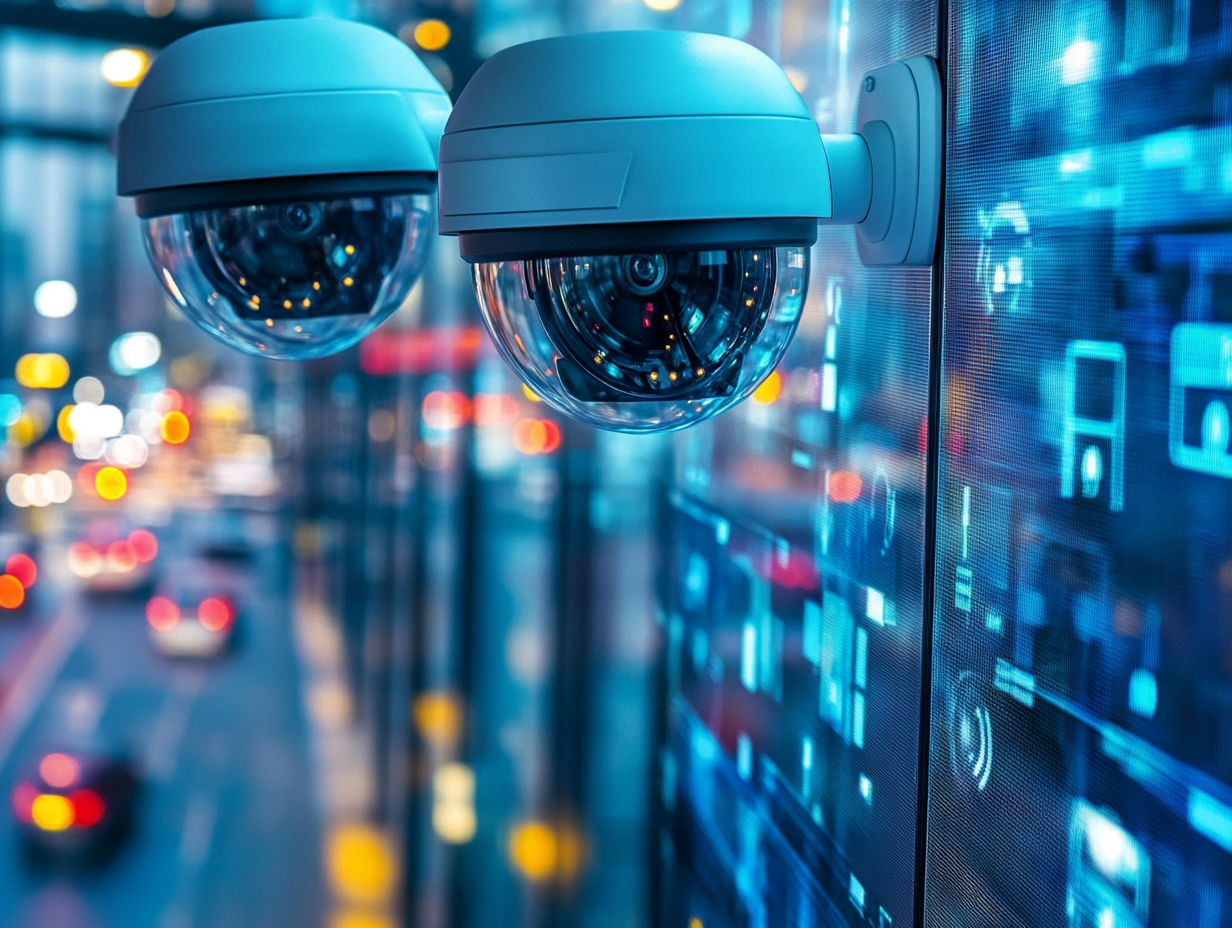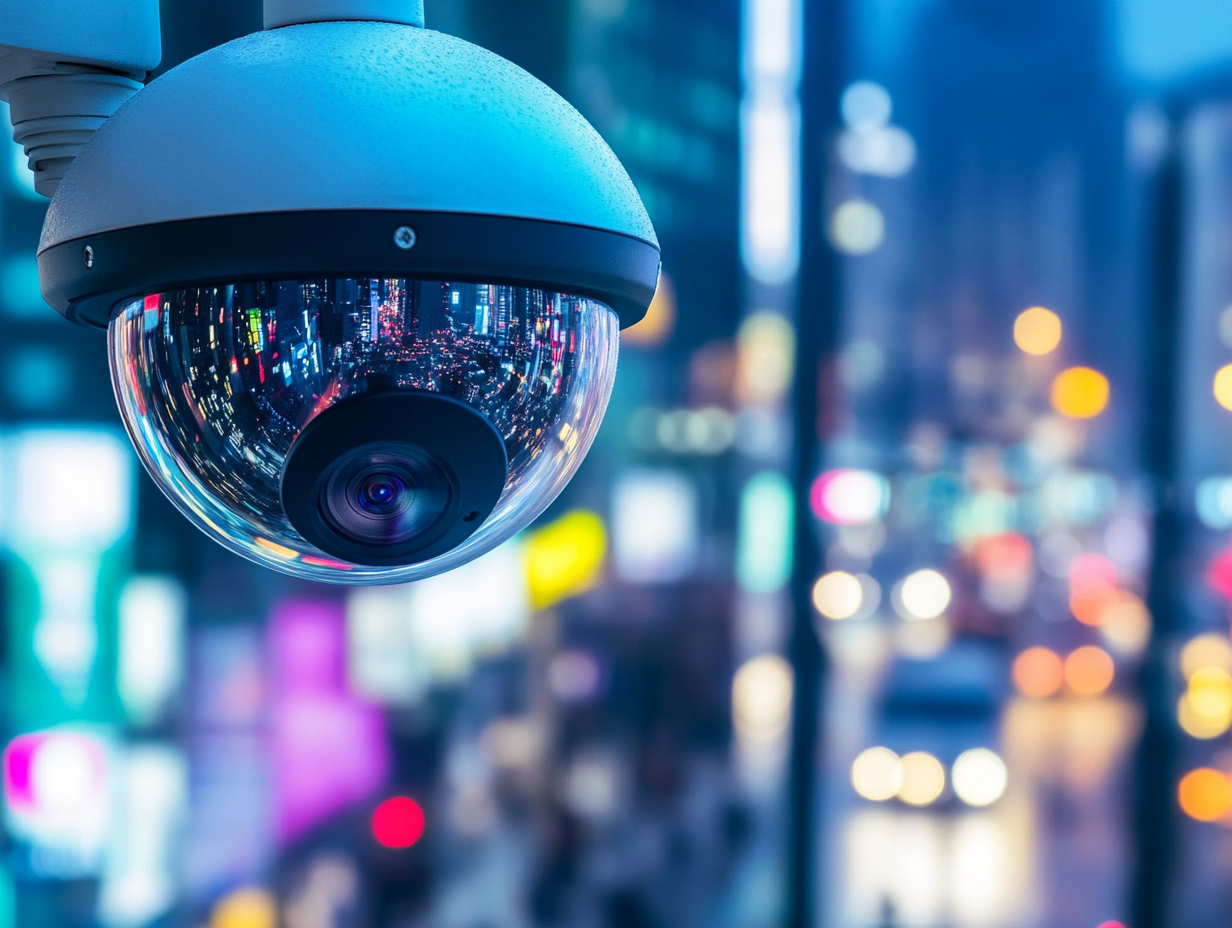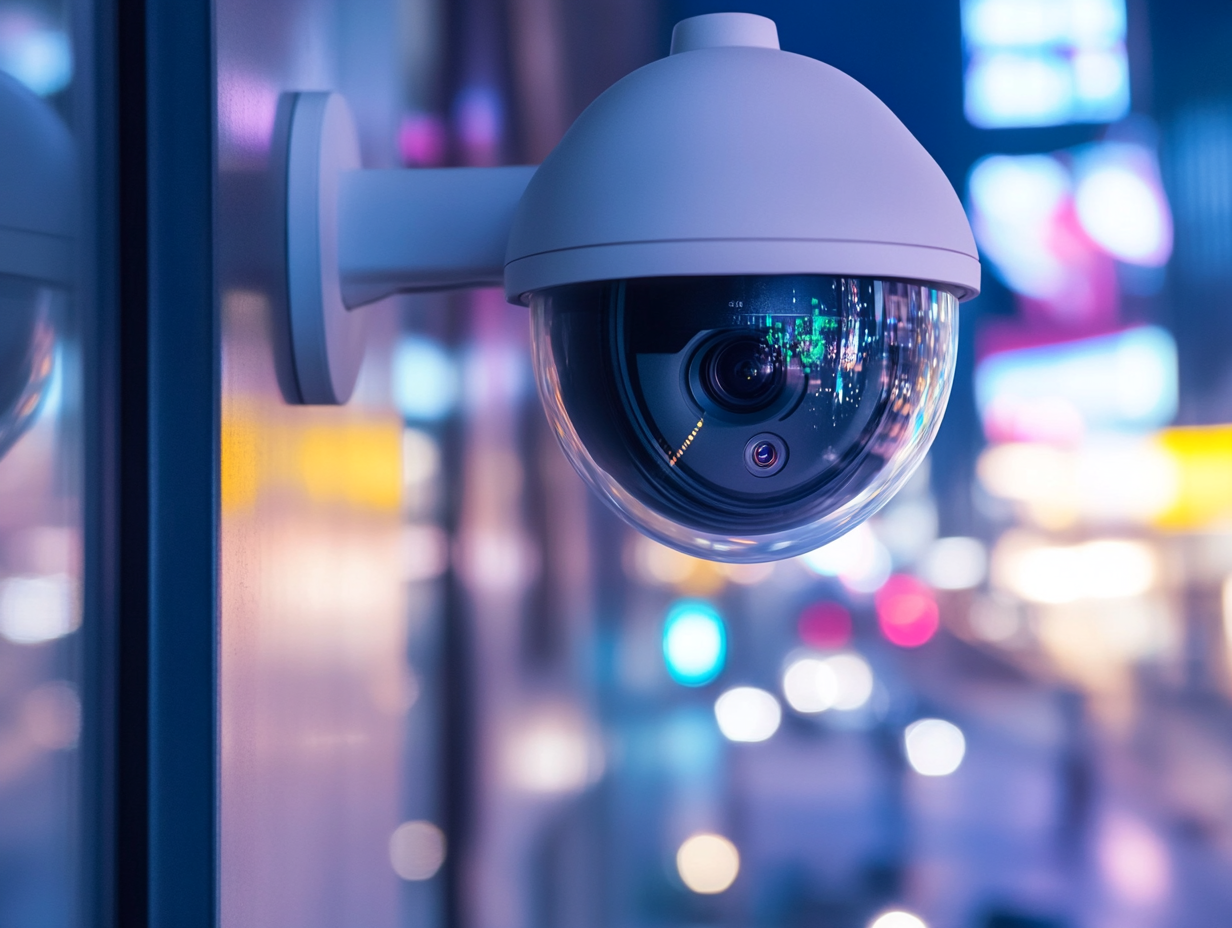Table of Contents
- Understanding Global Video Surveillance Standards
- Key Components of Effective Video Surveillance Systems
- Impact of Technology Advancements on Surveillance Standards
- Challenges and Opportunities in Standardizing Surveillance Practices
- Future Trends in Video Surveillance and Security Integration
- FAQS
- Related Posts
In an era where security concerns are at an all-time high, the role of video surveillance has become crucial in protecting both public and private spaces. As the technology behind surveillance systems evolves, standardization emerges as a vital factor in ensuring interoperability, reliability, and effectiveness. The increasing integration of artificial intelligence and smart technologies into video surveillance systems further underscores the need for global standards that can shape the future of security. By establishing clear guidelines and benchmarks, organizations can enhance their monitoring capabilities while adhering to privacy laws and ethical considerations.
The global landscape of video surveillance is not just about capturing footage; it is about creating a comprehensive security ecosystem that can respond to emerging threats efficiently. As nations work to develop unified standards, stakeholdersâincluding manufacturers, policymakers, and end-usersâmust collaborate to address the challenges posed by diverse regulatory environments and technological advancements. By examining the current trends and future prospects of video surveillance standards, we can better understand how they will influence the next generation of security solutions, ultimately fostering a safer environment for all.

Understanding Global Video Surveillance Standards
In the evolving landscape of security, effective video surveillance systems are essential for ensuring safety across various environments. Key components of these systems include advanced video management software (VMS) that facilitates monitoring and managing video feeds. With the global VMS market projected to grow significantly, the integration of robust cybersecurity measures has become crucial to protect sensitive data from cyber threats. As AI surveillance tools gain traction worldwide, the demand for standards in video surveillance, such as those established by organizations like ONVIF and PSIA, is also rising. These standards ensure interoperability and enhance the functionality of surveillance systems. Additionally, with the recent Airbnb policy banning indoor cameras, the industry must navigate privacy concerns while advancing surveillance technology. The future of security will undoubtedly be shaped by these developments, emphasizing the need for reliable and effective video surveillance systems in an interconnected world.

Key Components of Effective Video Surveillance Systems
As video surveillance continues to evolve, several key trends are shaping the future of security integration. The global video surveillance market is projected to reach a staggering $88.71 billion by 2024, reflecting the increasing demand for innovative security solutions. Central to this growth is the rise of AI-driven technologies, which are set to transform traditional surveillance systems into smart, responsive networks. With a CAGR of 28.1%, the integration of AI not only enhances security measures but also streamlines operations through advanced analytics and real-time monitoring.
Furthermore, the push for regulatory compliance in the use of AI within video surveillance is critical. As governments establish guidelines to govern these technologies, companies must adapt to ensure their solutions meet evolving standards. This regulatory landscape not only fosters trust in AI applications but also drives businesses to innovate while prioritizing security and privacy. As these trends unfold, the future of video surveillance will undoubtedly be marked by a blend of cutting-edge technology and strict compliance, shaping a safer environment for all.

Impact of Technology Advancements on Surveillance Standards
As global security challenges escalate, understanding video surveillance standards becomes increasingly crucial. The impending EU AI Act, which will introduce rigorous regulations for artificial intelligence applications, underscores the importance of aligning surveillance practices with established guidelines. These new regulations are expected to reshape how video data is collected, processed, and stored, placing an emphasis on privacy and transparency while enhancing security measures.
The global video surveillance market is rapidly evolving, projected to reach $88.71 billion by 2034. This growth is driven by an increased demand for sophisticated surveillance solutions and the integration of advanced video analytics technologies. As stakeholders navigate this dynamic landscape, adherence to emerging international standards will not only ensure compliance but also foster trust among consumers regarding their safety and privacy.

Challenges and Opportunities in Standardizing Surveillance Practices
The rapid advancements in technology are significantly shaping the future of global video surveillance standards. Innovations such as artificial intelligence (AI) and the Internet of Things (IoT) have transformed traditional surveillance systems into proactive and intelligent solutions. As these technologies evolve, they enhance surveillance capabilities, allowing for real-time data analysis, automatic threat detection, and improved response strategies, which are crucial for meeting the growing security challenges.
The increasing complexity of security threats and the stringent regulations surrounding data privacy further impose a need for robust surveillance standards. Companies are now prioritizing cybersecurity certifications to ensure their systems can withstand potential breaches. The trend towards Video Surveillance-as-a-Service (VSaaS) reflects a shift in how surveillance is deployed and managed, emphasizing flexibility and scalability to meet diverse security needs in urban environments. As the market grows, the integration of advanced analytics will be key in driving innovation and ensuring effective security solutions for communities worldwide.
Future Trends in Video Surveillance and Security Integration
The push for standardized video surveillance practices is underpinned by a rapidly growing global market, which was valued at USD 73.75 billion in 2024 and is projected to grow significantly over the next few years. This growth presents both challenges and opportunities, particularly in harmonizing diverse surveillance approaches across various regions. As the demand for effective surveillance solutions rises, the need for coherent standards becomes crucial to ensure that technologies are interoperable and compliant with safety regulations.
Challenges such as data privacy concerns and the varying legal landscapes across countries complicate the standardization process. Nevertheless, advancements in artificial intelligence and the Internet of Things provide novel opportunities to enhance surveillance efficacy. By addressing these hurdles, stakeholders can create a unified framework for surveillance practices that not only enhances security but also promotes trust and transparency among users. As stakeholders navigate these complexities, the future of security will hinge on collaborative efforts to establish comprehensive global standards.
FAQS
Understanding global video surveillance standards is crucial as it helps align surveillance practices with established guidelines, especially in the context of increasing security challenges and the introduction of regulations like the EU AI Act.
The EU AI Act is anticipated to introduce rigorous regulations that will reshape the collection, processing, and storage of video data, emphasizing privacy, transparency, and enhanced security measures.
The global video surveillance market is projected to reach $88.71 billion by 2034, driven by the demand for sophisticated surveillance solutions and advanced video analytics technologies.
Technological advancements such as AI and IoT are transforming traditional surveillance systems into proactive solutions, enhancing capabilities like real-time data analysis, automatic threat detection, and improved response strategies.
Cybersecurity certifications are crucial for surveillance companies to ensure their systems can withstand potential breaches, especially as the complexity of security threats and data privacy regulations increases.
The trend towards VSaaS reflects a shift in how surveillance is deployed and managed, emphasizing flexibility and scalability to accommodate diverse security needs, especially in urban environments.
The integration of advanced analytics is key in driving innovation and ensuring effective security solutions, helping to meet the growing security challenges faced by communities worldwide.
Aligning surveillance practices with international standards ensures compliance and fosters trust among consumers regarding their safety and privacy.
Real-time data analysis and automatic threat detection are important as they allow surveillance systems to quickly identify and respond to threats, enhancing overall security.
Emerging international standards help in navigating the evolving surveillance landscape by ensuring compliance, enhancing security measures, and maintaining trust between consumers and service providers.